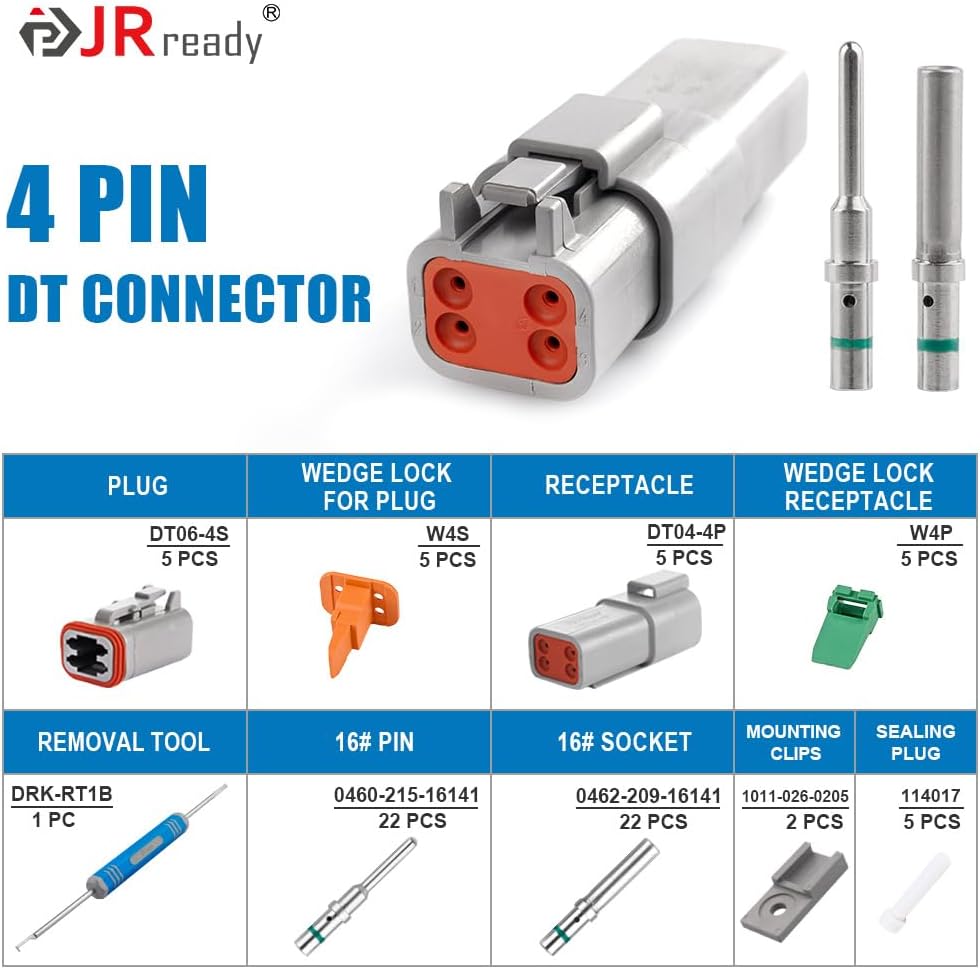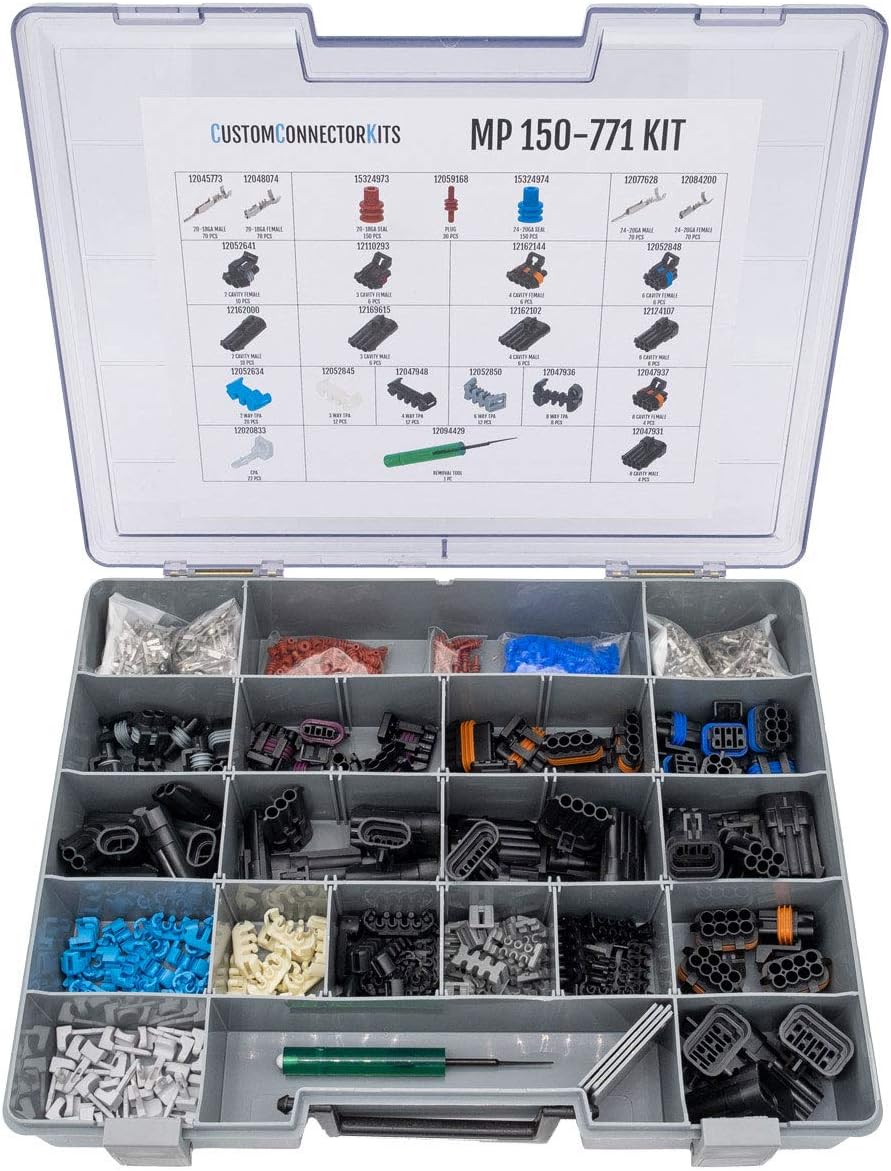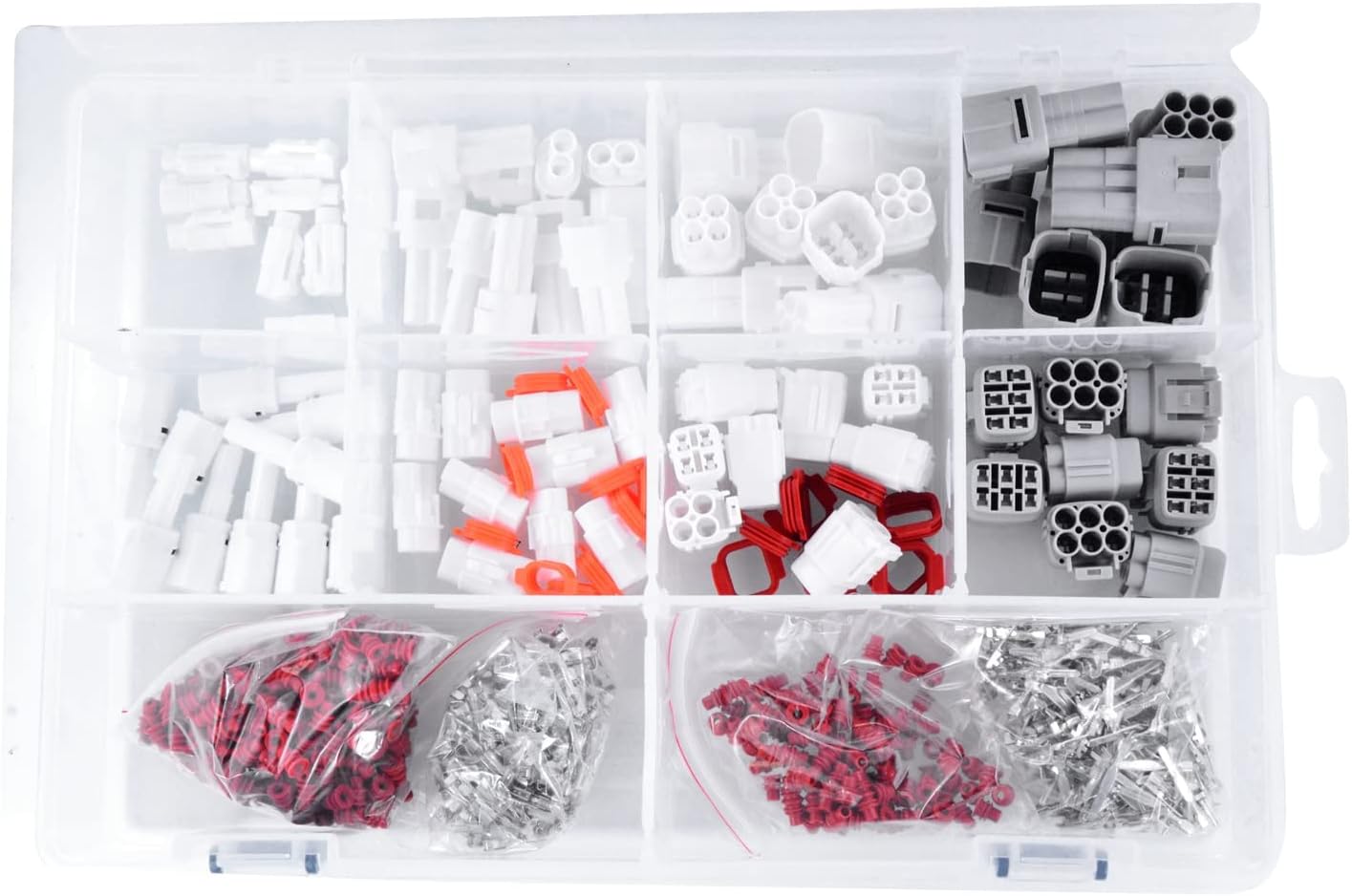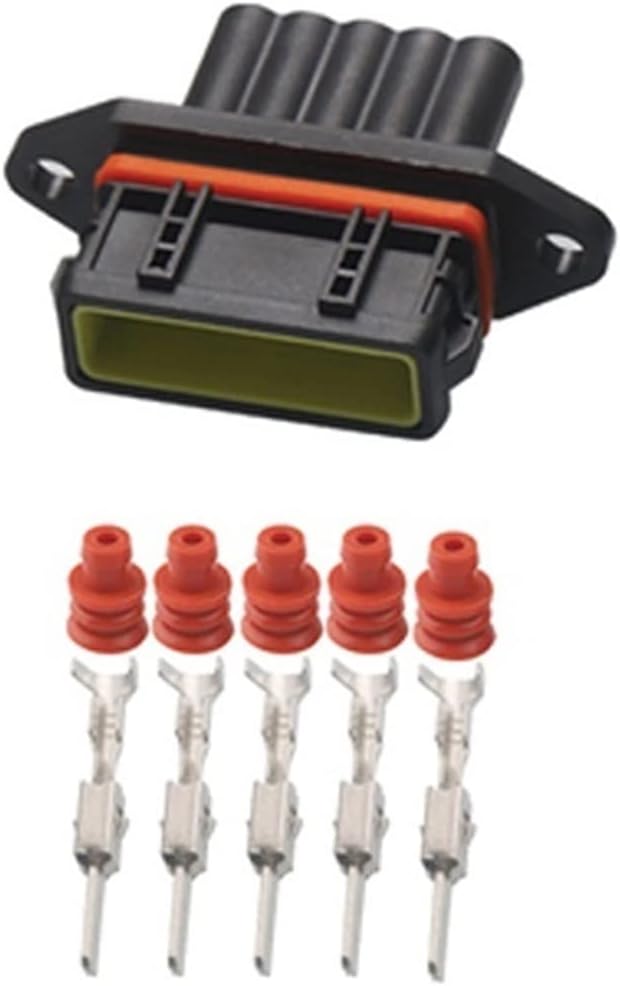Jump to
Types of automotive wire connectors
LOOK INSIDE BUYBESTFORYOU
HOW WE TESTWe independently research, test, review, and recommend the best products-learn more about our process. If you buy something through our links, we may earn a commission.
Jump to
Your vehicle requires automotive wire connectors for an efficient & durable electrical connectivity of connections in your car. Whether weatherproof connectors for grim surroundings or every type of connectors (spade, bullet, butt… ) called to versatility from your fasteners, they're each designed for sturdy dependability. Designed for automotive repair & maintenance or upgrades, these connectors ensure they will fit perfectly as well so you don go through electrical problems.
OUR TOP BEST PICKS

Electrical Connectors
JRready Deutsch Waterproof Connector 4 Pin Connector Kits
$26.99,
at Amazon
$29.99
Save $3.00

Automotive Electrical Wire Connectors
352Pcs Waterproof Car Electrical Connector Kit
$14.99,
at Amazon
$14
Save $0.00

Sealed Automotive Electrical Connectors
Delphi Metri-Pack Connector Kit MP-150-771
$220,
at Amazon
$220
Save $0.00

Waterproof Electrical Wire Connectors
Molex 16 Pin Wire Connector, Harley BLACK Waterproof, Sealed Kit, MX150
$12.99,
at Amazon
$16.40
Save $0.00

Universal Electrical Connector Kits
Kimpex HD Universal Connector Sumitomo MT & TS Series Kit
$168.68,
at Amazon
$106.68
Save $0.00

Automotive Electrical Connectors
Ruiting Store Tyco Amp TE 5 Pin Auto Sealed JPT Connector
$26.54,
at Amazon
$26.54
Save $0.00

Waterproof Electrical Connectors
JRready Deutsch Connector Kit (2-Pin & 4-Pin, DT Series)
$54.99,
at Amazon
$54.99
Save $-1.00
The Best Deals This Month

Kuject 270PCS Solder Seal Wire Connectors - $19.99 (List Price $19.99)
Kuject 320PCS Heat Shrink Wire Connectors Kit - $19.99 (List Price $19)
26 Types Automotive Pin Connector Kit With Wire Crimping Tool - $39.99 (List Price $39.99)
700PCS 26 Type Pin Connectors Kit,Car Electrical Wire Terminal - $23.99 (List Price $25.99)
709Pcs 43 Kits Waterproof Automotive Wire Connectors - $35.99 (List Price $35.99)
Deals are selected by our commerce team
Deeper Dive: Our Top Tested Picks

Pros & Cons
Why We Picked It
Who It's For
Specs & Configuarations
GET IT NOW
LEARN MORE
See How We Test This Products

Pros & Cons
Why We Picked It
Who It's For
Specs & Configuarations
GET IT NOW
LEARN MORE
See How We Test This Products

Pros & Cons
Why We Picked It
Who It's For
Specs & Configuarations
GET IT NOW
LEARN MORE
See How We Test This Products

Pros & Cons
Why We Picked It
Who It's For
Specs & Configuarations
GET IT NOW
LEARN MORE
See How We Test This Products

Pros & Cons
Why We Picked It
Who It's For
Specs & Configuarations
GET IT NOW
LEARN MORE
See How We Test This Products

Pros & Cons
Why We Picked It
Who It's For
Specs & Configuarations
GET IT NOW
LEARN MORE
See How We Test This Products

Pros & Cons
Why We Picked It
Who It's For
Specs & Configuarations
GET IT NOW
LEARN MORE
See How We Test This Products














